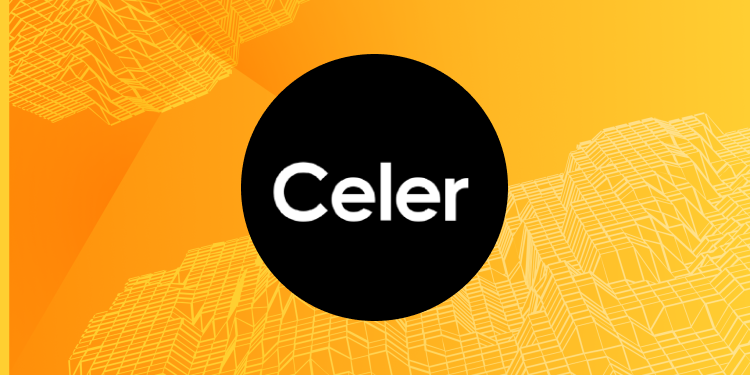TM Rating: 80%
Review Date: 10/01/2022
Celer Network, founded in 2018 as a Generalized State Channel Network transformed into a generalized inter-blockchain and cross-layer communication platform. This pivot led to the creation of the:
- Celer Inter-chain Messaging Framework (Celer IM)
- cBridge, and
- layer2.finance, the key products of the Celer Network.
Their State Guardian Network(SGN) is used as a core component of all these products. The SGN is a Proof-of-Stake (PoS) blockchain built on Tendermint that serves as the message router between different blockchains. The Celer IM framework is very easy-to-use and allows a “plug’n’play” upgrade that often requires no modifications with already deployed code. Celer has two different security models, an optimistic-rollup inspired model and an L1-PoS-blockchain security model, applications can choose among them or follow a hybrid pattern. Celer IM uses the Cbridge by default but can be integrated with other bridges as well. The SGN acts as a cBridge node gateway and Service Level Agreement (SLA) arbitrator in the Cbridge. The Celer code is well written with proper testing and a wide team of developers.
Notes To Take:
Celer IM
- build inter-chain-native dApps
- The Celer IM framework is very easy-to-use and allows a “plug’n’play” upgrade that often requires no modifications with already deployed code
- The SGN is a Proof-of-Stake (PoS) blockchain built on Tendermint that serves as the message router between different blockchains.
cBridge
- The SGN as a cBridge node gateway and Service Level Agreement (SLA) arbitrator
- The SGN as a Shared Liquidity Pool Manager
Celer has two different security models, an optimistic-rollup inspired model and a L1-PoS-blockchain security model
| Initial Screening | |||
| Keep researching | |||
| Does this project need to use blockchain technology? | Yes | ||
| Can this project be realized? | Yes | ||
| Is there a viable use case for this project? | Yes | ||
| Is the project protected from commonly known attacks? | Yes | ||
| Are there no careless errors in the whitepaper? | Yes | ||
Project Technology Score | |||
| Description | Scorecard | ||
| Innovation (Out Of 11) | 6 | ||
| How have similar projects performed? | Medium | 1 | |
| Are there too many innovations? | Regular | 2 | |
| Percentage of crypto users that will use the project? | 1%-5% | 1 | |
| Is the project unique? | Yes | 2 | |
| Architecture (Out of 12) | 9 | ||
| Overall feeling after reading whitepaper? | Good | 2 | |
| Resistance to possible attacks? | Good | 2 | |
| Complexity of the architecture? | Not too complex | 2 | |
| Time taken to understand the architecture? | 20-50 minute | 1 | |
| Overall feeling about the architecture after deeper research? | Medium | 2 | |
| Code Quality (out of 15) | 14 | ||
| Is the project open source? | Yes | 2 | |
| Does the project use good code like C,C++, Rust, Erlang, Ruby, etc? | Yes | 2 | |
| Could the project use better programming languages? | No | 0 | |
| Github number of lines? | More than 10K | 1 | |
| Github commits per month? | More than 10 | 2 | |
| What is the quality of the code? | Good quality | 2 | |
| How well is the code commented? | Good | 2 | |
| Overall quality of the test coverage? | Outstanding | 2 | |
| Overall quality of the maintainability index? | Good | 1 | |
| When Mainnet (out of 5) | 5 | ||
| When does the mainnet come out? | Yes | 5 | |
| Usability for Infrastructure Projects (out of 5) | 5 | ||
| Is it easy to use for the end customer? | Yes | 5 | |
| Team (out of 7) | 5 | ||
| Number of active developers? | 5+ | 2 | |
| Developers average Git Background? | Intermediate | 1 | |
| Developers coding style? | Solid | 2 | |
| Total Score (out of 55) | 44 | ||
| Percentage Score | |||
| Innovation | 10.91% | ||
| Architecture | 16.36% | ||
| Code Quality | 25.45% | ||
| Mainnet | 9.09% | ||
| Usability | 9.09% | ||
| Team | 9.09% | ||
| Total | 80.00% |





